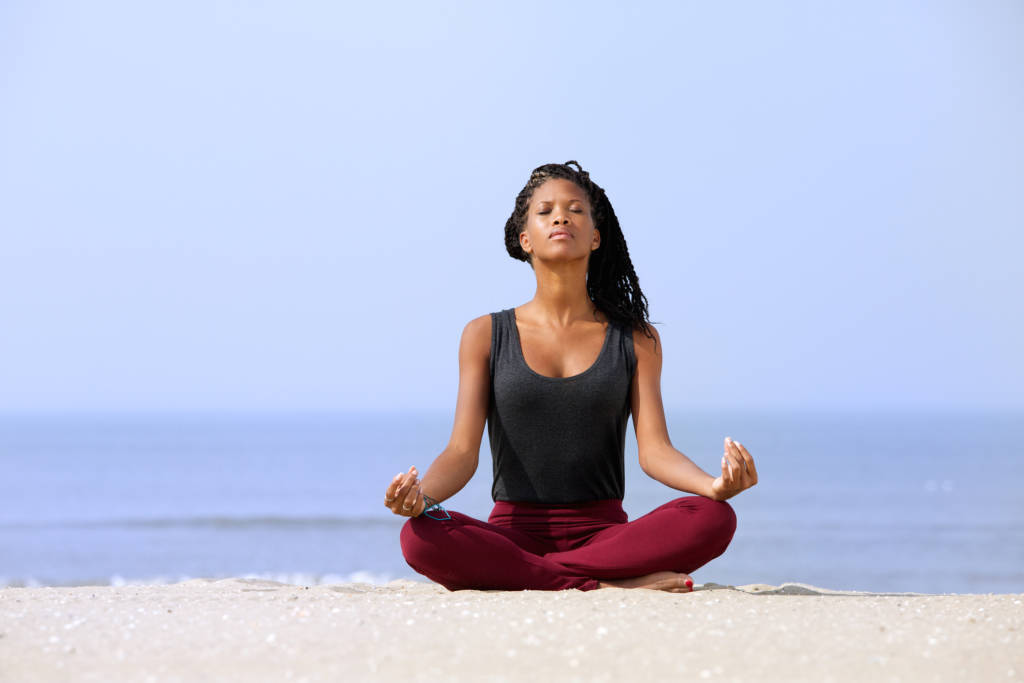 Breathe in, breathe out, super-easy, right? “Yes” may not be the answer for people with severe asthma. The narrowing of the airways is one ill-famed suffering that comes with asthma, making it pretty challenging to catch one’s breath.
Breathe in, breathe out, super-easy, right? “Yes” may not be the answer for people with severe asthma. The narrowing of the airways is one ill-famed suffering that comes with asthma, making it pretty challenging to catch one’s breath.
RELATED: 5 Life-Saving Tips Every Asthmatic Should Know
Complain to your doctor, and those white-robed angels would readily prescribe beta-agonists and corticosteroids to improve your airway clearance. Unfortunately, these medications will not suffice all the time in curtailing your symptoms.
RELATED: Find Doctor for Asthma Treatment
The good news is some ready breathing exercises can supplement your therapy, appreciably reducing your symptoms without making your inflammation worse.
How do these exercises work?
The breathing exercises we would espouse in this guide will help alleviate your symptoms by improving your endurance, your lung capacity while reducing inflammation.
RELATED: Breathe Easier: 10 Everyday Ways To Open Your Lungs
Digging deeper, these exercises – thanks to sustained workout – can help improve your airways’ tolerance. With such enhanced facility, your lungs feel less exerted when you walk up your stairs or execute other activities that traditionally wind you up.
Breathing exercise – when executed accurately – can reduce the airway inflammation typically triggered by asthma. This is achievable via slashing inflammatory proteins, responsible for enhancing your airways’ reaction to exercise.
5 breathing exercises you have to try out today
Great! Having established the helping mechanism of these breathing exercises, let me walk you royally through 5 aerobic exercises that will make life easier for you.
RELATED: Breathing Exercises For Asthma Relief & Stronger Lungs

You have got to try out yoga
Ask Janelle Monáe and Jidenna (from their 2015 hit song “Yoga”). There are very few things yoga can’t do! Yes, yoga could significantly reduce flare-ups. By opening your chest muscles, some yoga poses improve your symptoms.








